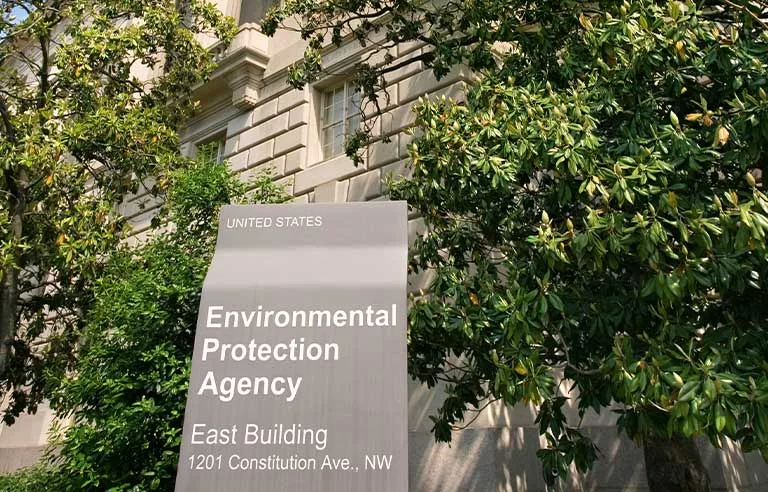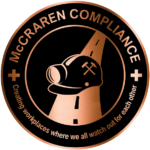
Washington — A coalition of 19 worker unions says it’s “deeply concerned” about how worker safety would be affected by proposed Environmental Protection Agency rollbacks to the Toxic Substances Control Act of 1976.
In an Oct. 29 letter addressed to Reps. Gary Palmer (R-AL) and Paul Tonko (D-NY), respective chair and ranking member of the House Energy and Commerce Committee’s Environment Subcommittee, the unions insist on being “closely involved in any efforts Congress or the EPA potentially undertakes” involving the law.
The AFL-CIO is lead correspondent on the letter, which also includes the United Mine Workers of America and United Steelworkers.
The letter lists what the coalition says are “key concerns affecting occupational exposures” under the TSCA:
- Industry “misleadingly” argues that changes are needed to the premarket review process for new chemicals.
- Industry misleadingly argues that EPA needs to assume default respirator use.
- EPA – not only OSHA – can and should regulate occupational exposures to chemicals.
- Workers – and their communities – need to maintain their private right of action when wronged from chemical exposures at work.
In March, EPA said that it would consider scaling back rulemaking finalized in May 2024 related to how it evaluates chemicals for risks to workers. The rule expanded the scope of chemical risk evaluation policies under the TSCA, which was amended in 2016 by the Frank R. Lautenberg Chemical Safety for the 21st Century Act.
On Sept. 23, the agency published a proposal that would eliminate EPA’s “whole substance” approach, which requires risk evaluations for different uses of a chemical to culminate in a single determination of whether the chemical presents “unreasonable” risk to workers.
Instead, the agency would make “separate risk determinations for each condition of use within the scope of the risk evaluation” while considering existing workplace protections. EPA also would consider other relevant risk-related factors, including:
- Severity of the hazard
- Exposure-related factors (such as duration, intensity and frequency of exposure)
- The population exposed
- The confidence in the information used to inform the hazard and exposure values
That comment deadline was Nov. 7.
The unions claim that “despite congressional intent that the public have a role in the new chemical review process, the current process has become a two-way conversation between chemical manufacturers and EPA.
“If anything, EPA needs to make the review process more transparent so workers and their representatives can be properly informed about new chemicals they may be working with and have the opportunity to provide input on the protections EPA mandates when approving new chemicals.”
The coalition adds that although the TSCA requires EPA to work with other agencies, “EPA is not – and must not be – permitted to pass its responsibility to control chemical exposures onto other agencies.”
OSHA, for instance, doesn’t include a chemical exposure standard on its regulatory agenda, the unions write, nor has it regulated a chemical since 2017.
“It is critical that EPA continue to be tasked with considering workers as a potentially exposed subpopulation in performing its risk evaluations and continue to have clear authority to regulate workplace exposures,” the letter states.
McCraren Compliance offers many opportunities in safety training to help circumvent accidents. Please take a moment to visit our calendar of classes to see what we can do to help your safety measures from training to consulting.
Original article published by Safety+Health an NSC publication


